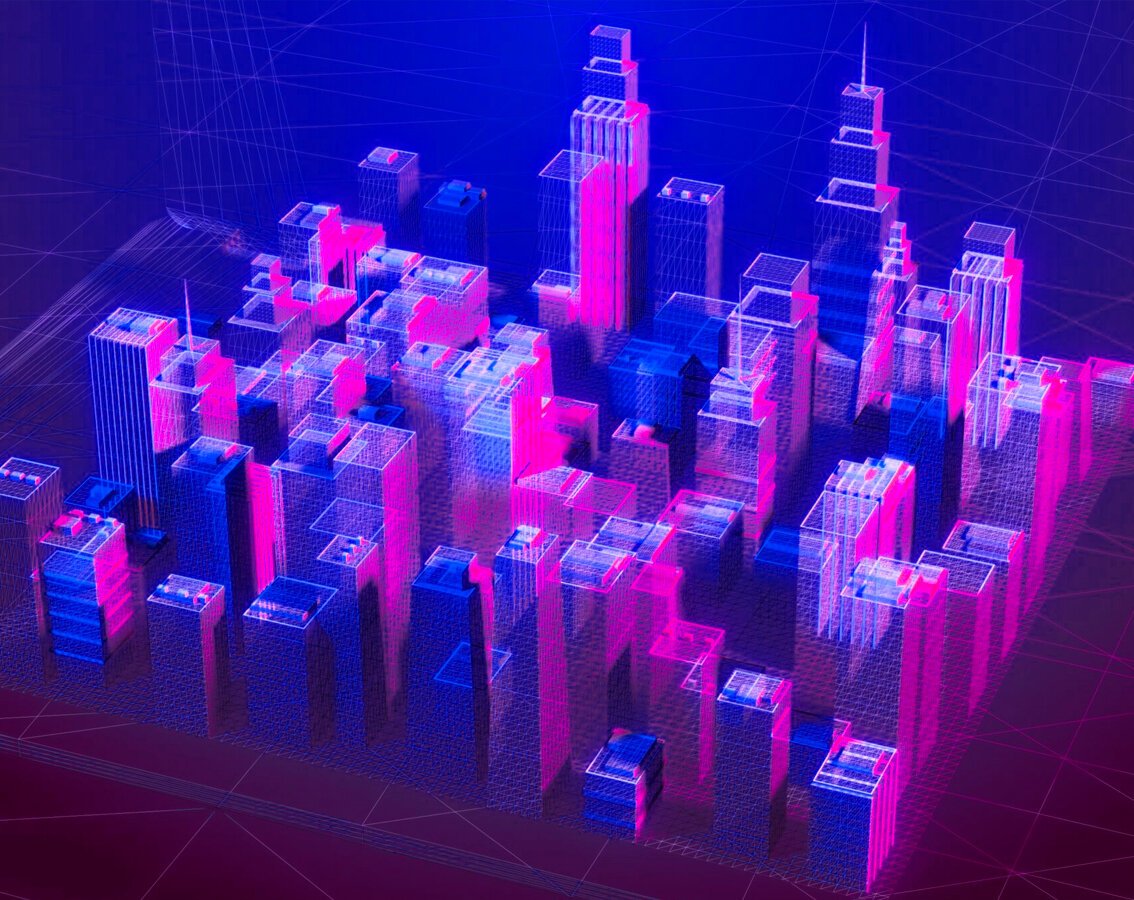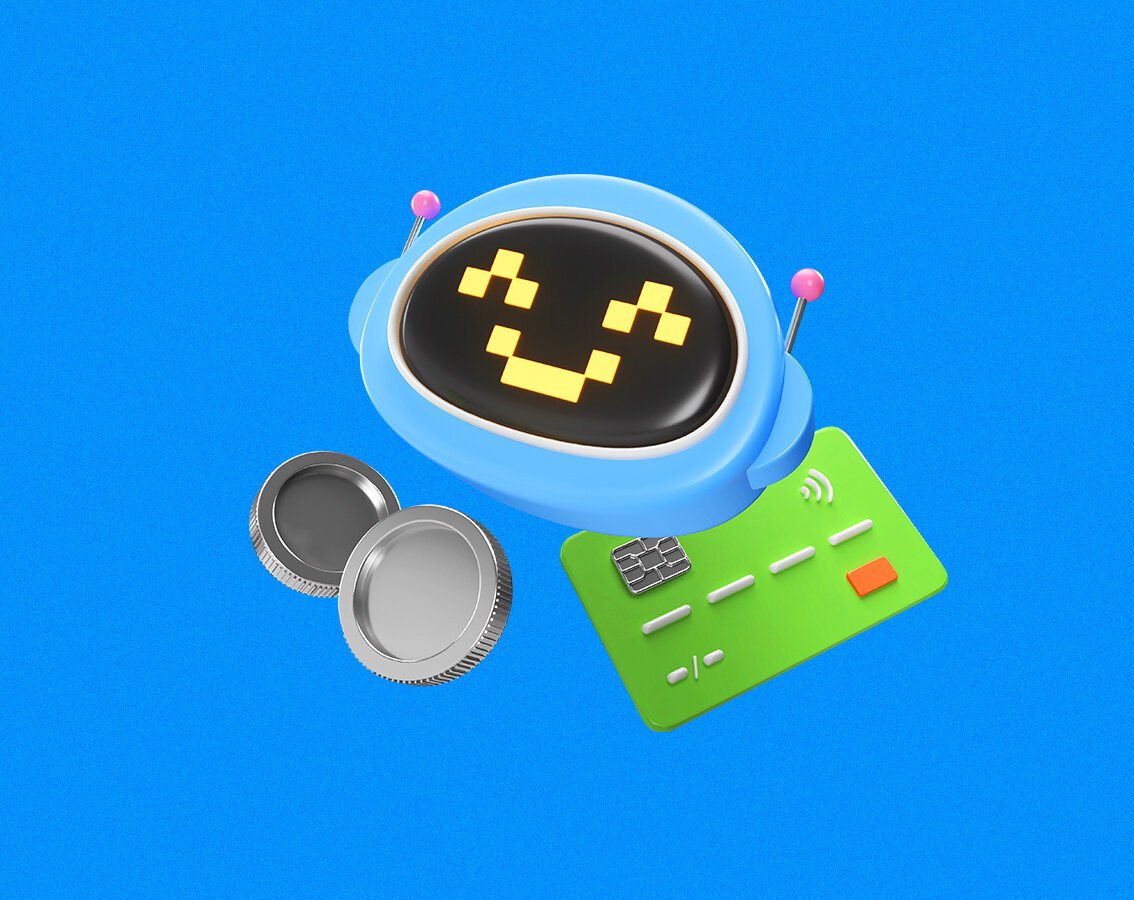blog
A Brief Overview of Deep Learning Methods
By Siddhant Chaudhary AI and ML January 26, 2020

What is Deep Learning? Where is it used?
Deep learning is often described as a machine learning technique that teaches computers to perform functions that comes naturally to humans. In simple terms, Deep learning acts as a key technological input behind the controller. It is important to voice control in consumer devices like phones, tablets, TVs, and hands-free speakers. Deep learning is getting significant attention lately with permanent results. It is true that Deep learning is not what it was coined before.
In the process of deep encompasses, a computer model learns to perform classification tasks directly from images, text, or sound. A few of the Deep learning models can deliver state-of-the-art accuracy, at-times even overpowering human-level performance. Usually, Models are trained by employing a large set of given data and neural network architecture that possesses many layers.
While gaining insights on its applications, deep neural network mode quickly to apply your problems by performing transfer learning or feature extraction. For example, MATLAB users, use some available models that include AlexNet, VGG-16, and VGG-19, also as Caffe models.
How Deep Learning works? How can its models be created and trained?
A lot of the learning methods have known to utilize neural network architectures, that is why deep learning models are known as deep neural networks. The word “deep” often refers to the number of hidden layers given in the neural network. According to research, Traditional neural networks only possess 2-3 hidden layers, while deep networks can range up to as many as 150.
Deep learning models are trained by using a large set of labeled data and neural network architectures for its application. These features directly are a result of information without the necessity for manual feature extraction. One of the foremost eminent sorts of deep neural networks is understood as convolutional neural networks (CNN or ConvNet). A CNN convolves learned features along with input files, and uses 2D convolutional layers, thus enabling this architecture compatible with processing 2D data, like images.
CNN eliminates the necessity for manual feature extraction respectively. The CNN works on the principle of extracting features directly from images given. This automated feature extraction terms deep learning models highly accurate for computer vision tasks such as object classification. CNN’s learn to detect different features of a picture using a database of tens of 1000s hidden layers. Every hidden layer has the opportunity to increase the complexity of the learned image features. For example, the primary hidden layer could find out how to detect angles, and therefore the last learns the way to detect more complex shapes specifically catered to the form of the object one is trying to recognize.
Most popular Deep Learning Architectures
Fully connected networks
Fully connected networks can be understood as neurons. Each neuron in the preceding layer is connected to each neuron within the next layer. And feedforward neurons will act in the given preceding layer. This process continues. Convolutional Neural Networks
Convolutional Neural Networks(CNN)
Convolutional Neural Networks(CNN) may be a sort of deep neural specification designed for specific tasks such as image classification. It is here that CNNs are inspired by the organization of neurons within the visual area of the animal brain.
Recurrent Neural Network
Unlike feedforward neural networks, the recurrent neural network (RNN), has the ability to operate effectively on sequences of knowledge with variable input length.
This, in turn, means that RNNs utilizes the knowledge of its previous state as an input for its current prediction, and that one is able to repeat this process for an arbitrary number of steps enabling the network to propagate information via its hidden state through time. This is quintessentially like giving a neural network as an STM. This innate feature elevates RNNs to run very effectively for working with sequences of knowledge that over time.
Generative Adversarial Networks
The Generative Adversarial Network(GAN) is reckoned as a combination of two deep learning neural networks. Firstly, a Generator Network, and second the Discriminator Network. The Generator Network produces synthetic data, and thus the Discriminator Network tries to detect if the info that it’s seeing is real or synthetic.
Deep Learning Methods
Back-Propagation
Back-prop is one of the ways to compute the partial derivatives of a function, that has the shape as function composition. When one solves an optimization problem employing a gradient-based method one would like to compute the function gradient at each iteration or method.
Stochastic Gradient Descent
An intuitive thanks to considering Gradient Descent is to imagine the trail of a river originating from the top of a mountain. The endgame of gradient descent is strictly what the river strives to realize — as, reach rock bottom-most point (at the foothill) climbing down from the mountain.
Now, given if the terrain of the mountain is formed in such a way that the river doesn’t need to stop anywhere completely before arriving at its final destination (which is the lowest point at the foothill, then this is often the perfect case we desire. In Machine Learning, this surmounts to one saying, ‘we’ve found the worldwide minimum of the answer ranging from the initial point.
Learning Rate Decay
The Learning Rate Decay is inferred as adopting the training rate for one’s stochastic gradient descent optimization procedure which can increase performance and reduce training time. Sometimes this is regarded as a learning rate annealing or adaptive learning rates. This is the easiest and used adaptation of learning the rate during training over time.
Dropout
A Dropout can be understood as many deep neural nets holding an outsized number of parameters which are extremely powerful machine learning systems. Over-fitting may be a significant issue in such networks. Large networks also are slow to use this technology, thereby making it difficult for overfitting. Dropout is a technique used for addressing this problem.


